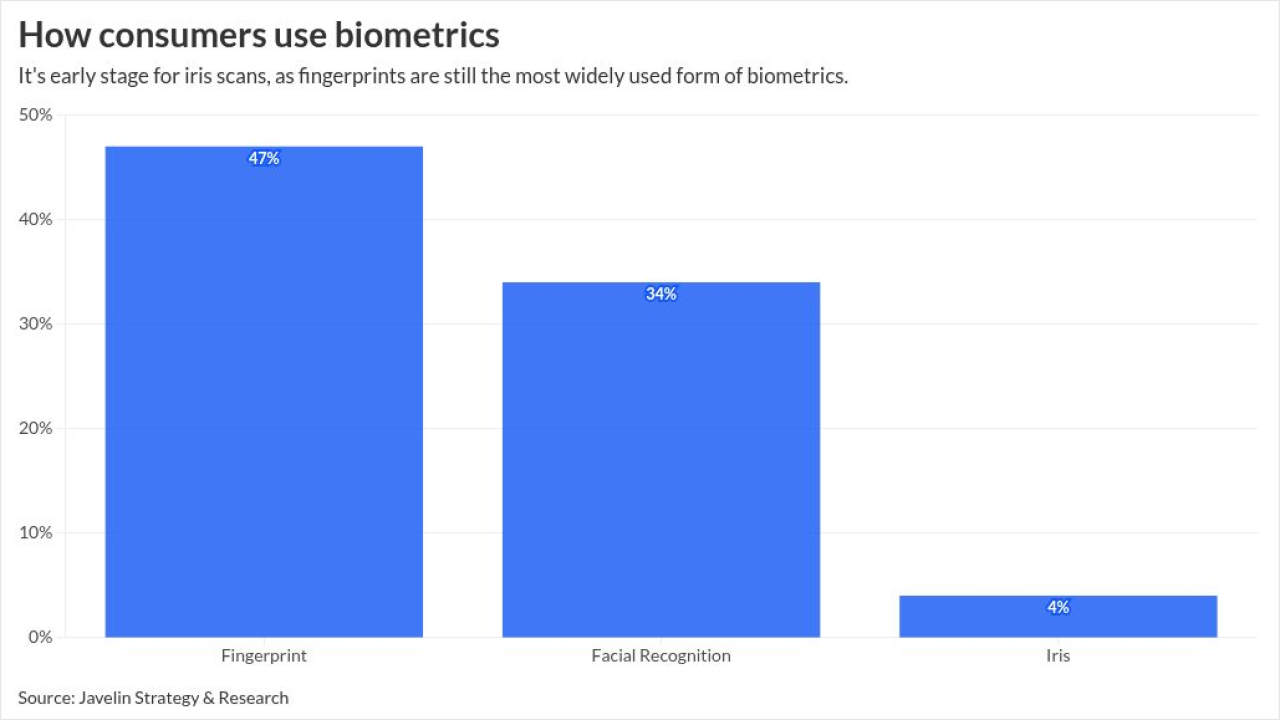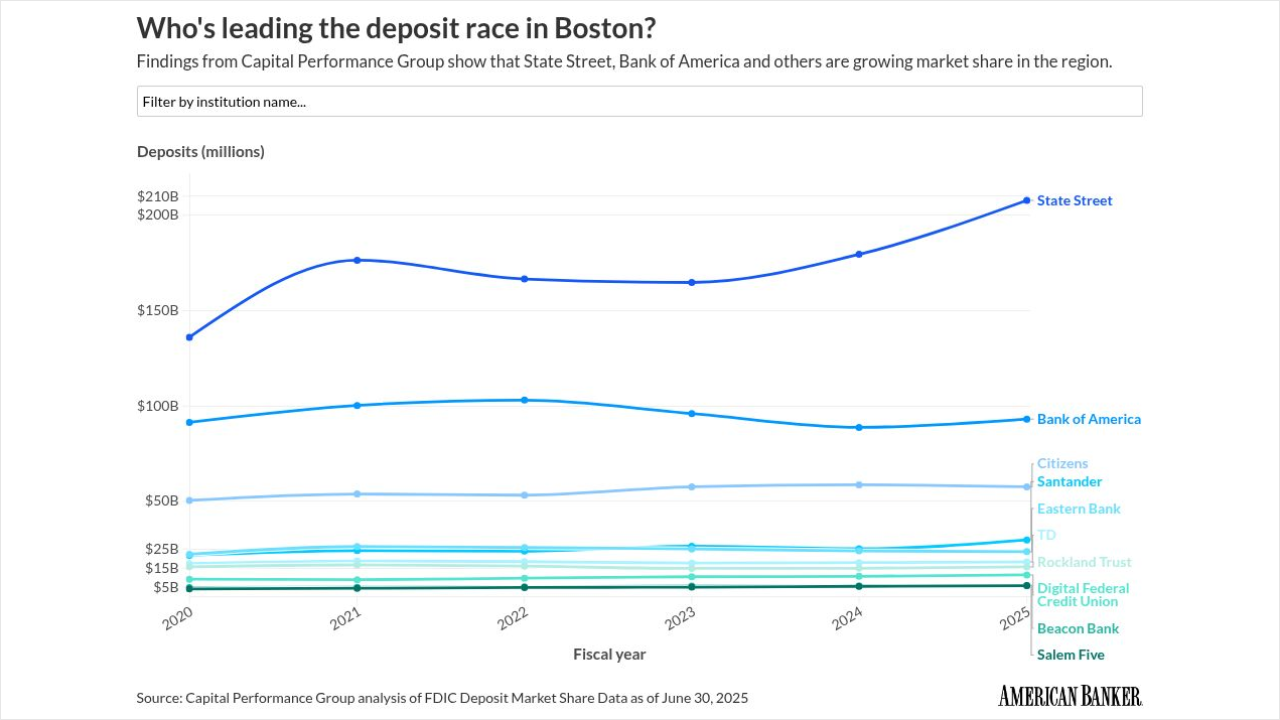- What's at stake: PNC receives a lot of notices from regulators on matters requiring attention, but the process to fix them is typically more onerous than the flagged issue, the bank's CEO said.
- Supporting data: A trade group representing large banks issued a report that the time and money spent on regulatory compliance and mandates has shot up since 2016.
- Forward look: If the proposal passes as written, the OCC and FDIC would specify clarity around certain enforcement standards, and "prioritize material financial risks" over administrative processes.
A recently proposed rule from federal bank regulators would mark a "massive" change for financial institutions, PNC Chairman and CEO Bill Demchak said on the company's third-quarter earnings call Wednesday.
The Pittsburgh-based bank currently has "hundreds and hundreds" of full-time equivalent employees dedicated to addressing so-called matters requiring attention, or MRAs — written communications from regulators that require banks to fix certain processes or issues that could possibly lead to financial risk.
PNC gets a lot of them, Demchak said, for "silly things."
This month, the Office of the Comptroller of the Currency and the Federal Deposit Insurance Corp.
Changes to the processes for issuing MRAs would be a huge boon to PNC, Demchak said.
He estimated that the $559 billion-asset company's board of directors spends about half of its time together on "non-strategic, ticky-tacky MRA-related regulatory" items.
"There is a strong push out of Washington to simplify the regulatory process of focusing on things that are material risks," Demchak said.
The FDIC and OCC wrote in a notice of proposed rulemaking that the "expansive definition and application" of MRAs has resulted in "a proliferation of supervisory criticisms for immaterial procedural, documentation, or other deficiencies that distract management from conducting business and that do not clearly improve the financial condition of institutions."
The two agencies have opened a 60-day comment period, and have explicitly requested comments on whether they should adopt quantitative measurements for "material harm." If the proposal is passed as it's currently written, the rule would spark a massive decline in certain workflows, PNC's CEO said.
"If it does nothing else, it will get rid of all the crazy ancillary work we do on minor MRAs," he added.
Demchak said his bank hasn't quantified potential cost savings from the regulators' proposal, but contended that the time and manpower for the processes involved in dealing with MRAs are extremely onerous. While fixing a flagged issue should take a few hours or days, Demchak said, PNC has to spend weeks or months developing committees, filing documents and holding meetings as part of the regulatory protocol.
In a survey conducted by the Bank Policy Institute, a trade group that represents big banks, respondents said that between 2016 and 2023, the amount of C-suite time focused on complying with laws, regulations and mandates rose from 27% to 43%.
The survey, collected from 20 big bank respondents, also found that the portion of bank information-technology budgets devoted to compliance grew from 9.6% to 13.4% in the same seven-year time frame.
The number of hours that banks' U.S. employees devoted to regulatory and examination compliance jumped by 61% between 2016 and 2023, while aggregate employee hours increased by 20%, per BPI's survey data.
Demchak said the banking industry will have to work through what the regulatory proposal will mean for current protocols, adding that the sector is "numb" from the existing process.
"It doesn't mean we're going back off of what we actually do to monitor risk, including compliance," Demchak said. "It just means that we won't have all the process around it. ... You can't even imagine how bad it is unless you actually sit in the bank."
Amy Wierenga, who picked up the chief risk officer title at PNC this summer, said in an August interview with American Banker that MRAs and
"The emphasis on some of these more non-financial, non-safety-and-soundness areas … has created an administrative burden that has actually taken resources away from what I see as the core way that the risk-management organization can help drive better outcomes for our clients and ensure the safety and soundness of our balance sheet," Wierenga said at the time.






